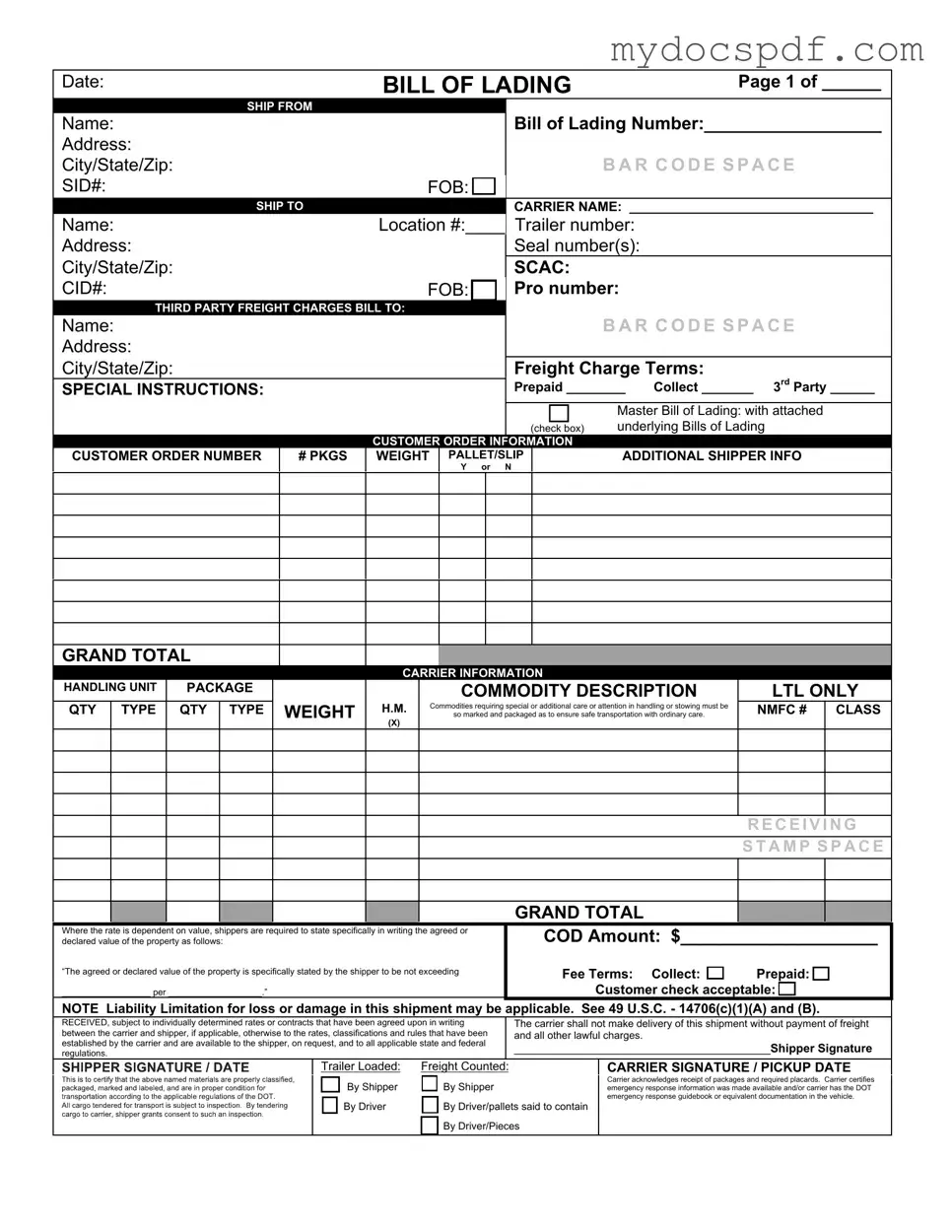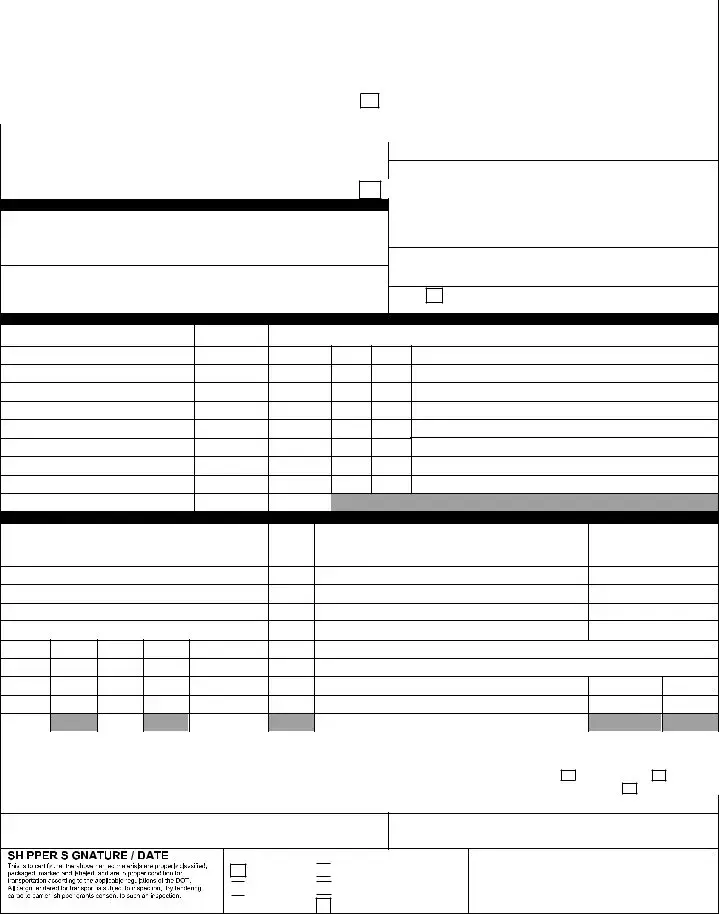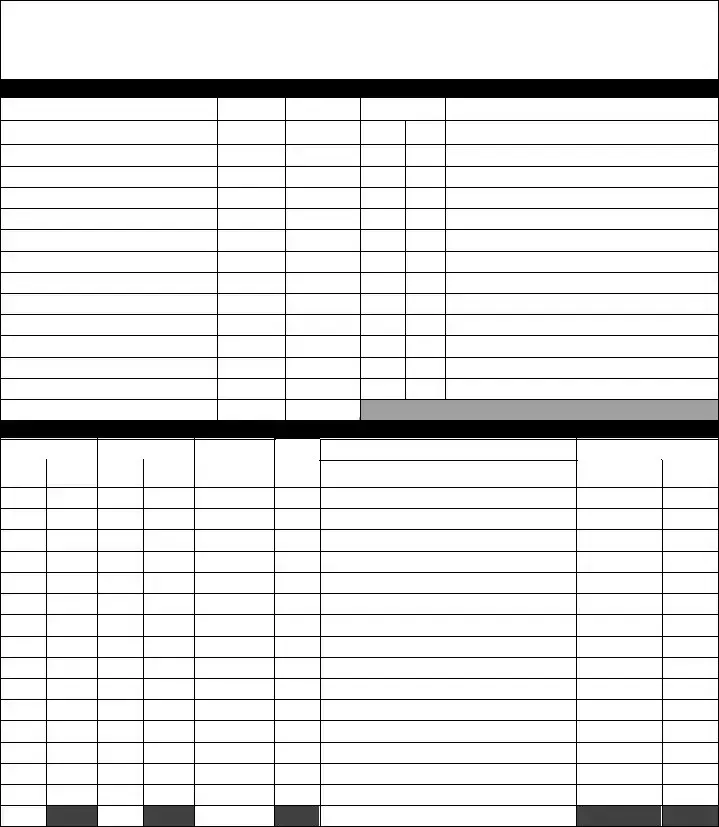The Bill of Lading with a Supplement form plays a crucial role in the shipping and transportation industry, serving as a vital document that outlines the details of the shipment between the shipper and the carrier. This form not only provides essential information about the goods being transported, such as their quantity and description, but it also serves as a receipt, confirming that the carrier has received the cargo in good condition. In addition to the standard details, the Supplement section allows for the inclusion of extra terms and conditions that may be specific to the shipment, ensuring that both parties have a clear understanding of their responsibilities. This document is not just a formality; it is a binding contract that protects the interests of all parties involved, facilitating smoother transactions and minimizing disputes. The careful completion of this form is essential, as any inaccuracies can lead to complications down the line, affecting delivery schedules and potentially incurring additional costs. Understanding the components of the Bill of Lading with a Supplement form is vital for anyone involved in shipping, whether they are shippers, carriers, or logistics professionals.


 to certify that the above named materials are properly classified, packaged, marked and labeled, and are in
to certify that the above named materials are properly classified, packaged, marked and labeled, and are in proper condition for transportation according to the applicable regulations of the DOT.
proper condition for transportation according to the applicable regulations of the DOT.
 By Shipper
By Shipper
 By Driver
By Driver 
 By Driver/pallets said to contain
By Driver/pallets said to contain